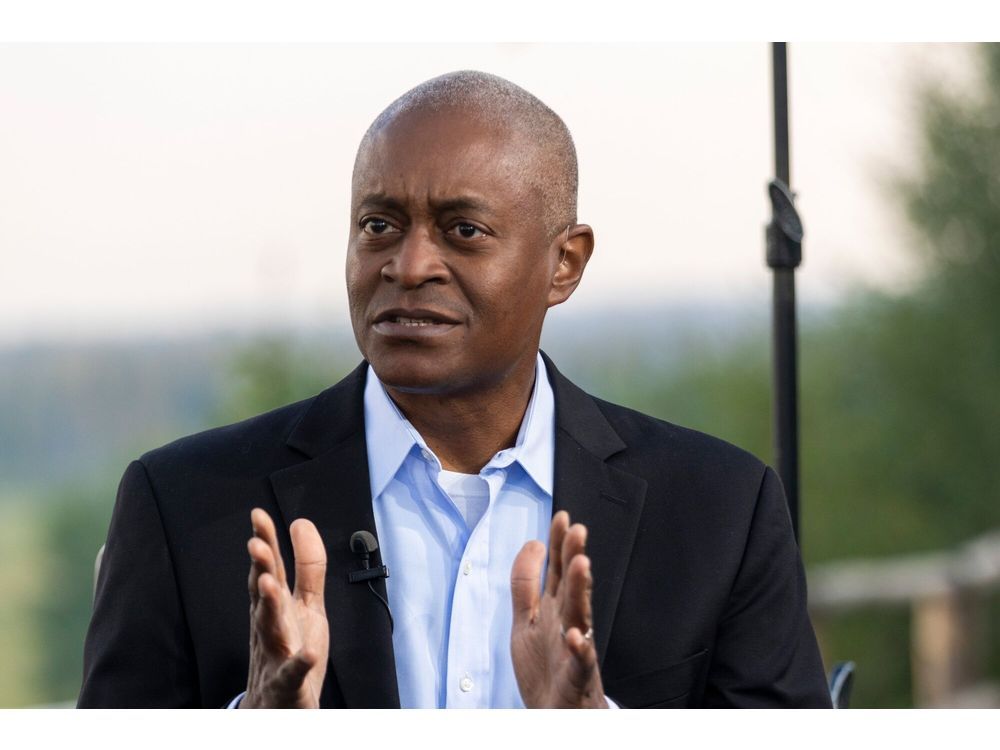
Article content
(Bloomberg) — Federal Reserve Bank of Atlanta President Raphael Bostic said the central bank must gain more insight on proposed policy changes on issues like trade and immigration before adjusting interest rates.
Article content
“My view is until we have more clarity, it’s going to be impossible to make a judgment about where our policy should go and how fast and at what pace, and so we’re just going to have to get more information before we’re going to be able to move,” Bostic said Wednesday in a question-and-answer session in Atlanta.
Article content
“We’ll move when we have enough information to move,” he said.
Bostic is among several Fed officials who have advocated for a patient approach to further interest-rate cuts, following three consecutive reductions at the end of 2024 and with inflation still above the Fed’s 2% goal. Chair Jerome Powell repeated this week that the central bank is not in a hurry to adjust borrowing costs in his semi-annual testimony to Congress.
Bostic expects inflation will be about 2% in early 2026. At that time, he said he’d like Fed policy to be close to neutral — a level of rates that neither stimulates nor restrains the economy.
The Atlanta Fed chief said he forecasts the neutral rate is around 3%-3.5%. The target range for the Fed’s benchmark lending rate is currently about a percentage point higher, at 4.25%-4.5%. His initial outlook, he said, was to get about halfway to neutral by year-end.
Fresh data out Wednesday underscored inflation’s stubbornness. Consumer prices heated up in January, driven by housing, food and energy prices.
Chicago Fed President Austan Goolsbee, who also spoke Wednesday, called the latest inflation figures “concerning” during an interview with Fox News, but added it’s “just one month.”
Article content
In a separate interview with the New York Times, Goolsbee said, “There’s no question, if we got multiple months like this, then the job is clearly not done.”
Policymakers are also waiting for more clarity on how President Donald Trump’s economic policies will take shape and impact the economy. The Trump administration’s efforts to use tariffs more aggressively and increase immigration enforcement, for example, could have implications for inflation, the labor market and overall economic growth.
Meanwhile, recent data has reassured policymakers the labor market is on solid footing, giving the Fed room to hold interest rates steady for now.
—With assistance from Laura Curtis.
(Updates to add comments from Chicago Fed President Austan Goolsbee beginning in the eighth paragraph.)
Share this article in your social network